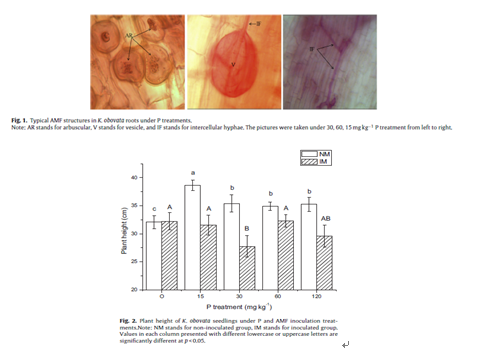Xiangyu Xie, Bosen
Weng, Bangping Cai, Yiran Dong, Chongling Yan.Applied Soil Ecology,2014.
75: 162-171.
A greenhouse experiment was conducted to
evaluate degradation gradient of spiked phenanthrene (Ph, 10 mg kg−1) and pyrene (Py, 10 mg kg−1) in rhizosphere of mangroveKandelia candel(L.) Druce. Rhizosphere
model system was set up using a self-design laminar rhizoboxes which divided
into eight separate compartments at various distances from the root surface.
After 60 days of plant growth, presence of the plant significantly enhanced the
dissipation of Ph (47.7%) and Py (37.6%) from contaminated sediment. Higher
degradation rates of the PAHs were observed at 3 mm from the root zone (56.8%
Ph and 47.7% Py). The degradation gradient followed the order: near rhizosphere
> root compartment > far-rhizosphere soil zones for both contaminants where
mangrove was grown. Contribution of direct plant uptake and accumulation of Ph
and Py were very low compared to the plant enhanced dissipation. By contrast,
plant-promoted biodegradation was the predominant contribution to the
remediation enhancement. The correlation analysis indicates a negative relation
between biological activities (microbial biomass carbon, dehydrogenase, urease,
and phosphatase activity) and residual concentrations of Ph and Py in planted
soils. Our results suggested that mangrove rhizosphere was effective in
promoting the depletion of aromatic hydrocarbons in contaminated sediments.

返回

